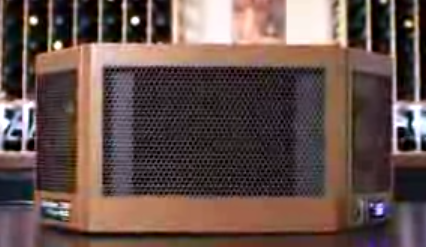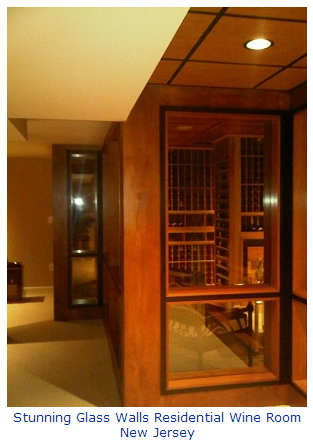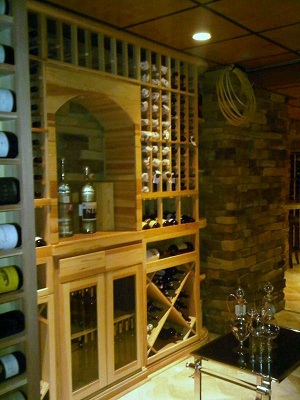A wine cellar is an ideal enclave for storing and aging a large collection of wines. There are two types of wine cellars: passive and active. Passive wine cellars are built underground because of the naturally cool and damp environment there. Active wine cellars are constructed above ground and require proper insulation and cooling equipment to maintain the desired climate conditions.
Wine Cellar Cooling Equipment

Most modern wine cellars New Jersey are actively cooled. They are equipped with wine cellar refrigeration systems and installed with vapor barriers and insulation to help regulate temperature and humidity levels. The optimal wine storage temperature is between 50 and 60 degrees Fahrenheit. Constant temperature swings can speed up wine’s aging process, which can negatively influence the quality and flavor of wines.
Although proper wine storage requires a certain amount of humidity, the amount allowed needs to be regulated between 60% and 75%. Increased humidity levels can influence the spread of molds that can damage the wine labels and affect the overall condition of wines. If humidity falls below the specified range, it can ruin the corks. A dried out cork can introduce more oxygen into the wine and cause it to spoil in the process.
Wine Storage Racks & Wine Cellar Doors

Wine storage racks are another essential component of wine cellars. Racking systems facilitate the proper placement of wine bottles. Standing the bottles upright during storage is not encouraged because it can dry out the corks. Wine bottles should be laid on their side to ensure that the cork stays moist and remains expanded, thus maintaining its sealing quality.
A cellar entryway should be both functional and stylish. Wine cellar doors help maintain the ideal conditions for storing and aging wines by providing a tight seal. High quality wine cellar doors have the following features: exterior grade quality, weather-strips on all sides, an automatic door bottom, and proper jambs and casings.
Wine Cellar Lighting & Flooring

Lighting is also an important aspect of a wine room. LED based lighting is the ideal light source for wine storage. It emits less heat and ultraviolet rays, not to mention it is energy-efficient. LED lighting systems are effective at accentuating architectural structures and illuminating displays on wine storage racks. Wine cellar light sources should generate the right amount of light to move about the room and read wine labels.
The choice of wine cellar flooring material can also add an elegant touch to a wine room. It can enhance the overall décor of the space, as well as the ambiance. There is a wide range of flooring options to choose from such as wood, cork, stone, and reclaimed oak wine barrels.
The design of a wine cellar not only focuses on its functionality but also its aesthetic quality. After all, wine cellars of today both serve as wine storage spaces and entertainment hubs. There are additional features that owners can apply to their wine storage room to give it a more custom feel and personalized look.
A wine cellar design should incorporate elements that reflect the owner’s personality and taste. Adding sculptures, paintings, and murals can create a beautiful and cozy wine enclave that would make any wine collector proud to showcase not only their wine selection, but also their wine storage space.
To see how a wine cellar project is done by Coastal Custom Wine Cellars New Jersey, go here

 Call us to receive your custom quote
Call us to receive your custom quote 


